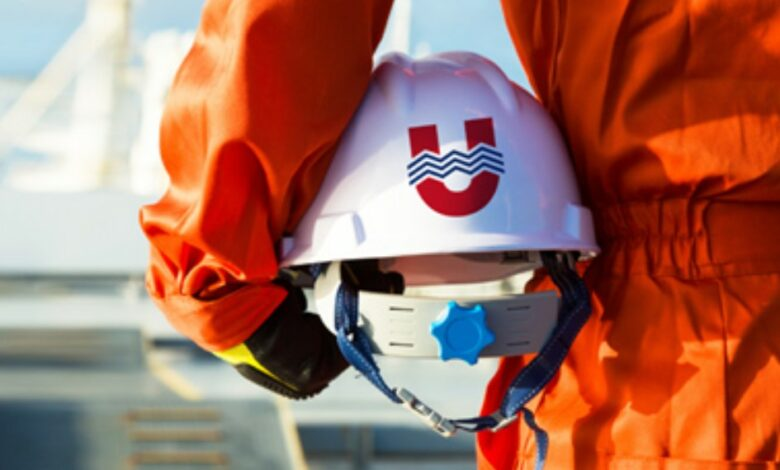On June 3, China’s Taiwan-based shipping company U-Ming Marine Transport (U-Ming) revealed during its annual general meeting that it has set a long-term strategic goal of having a fleet of 100 ships with a total carrying capacity of more than 10 million tons.

According to U-Ming’s future development strategy, the company hopes to further expand its business scope in the offshore wind power sector by investing in large-scale wind power Service Operation Vessels (SOVs) and plans to enter the liquefied natural gas (LNG) carrier market. In the future, it will continue to study the acquisition of a new generation of zero-carbon or alternative energy dual-fuel-powered environmentally friendly and energy-efficient ships, as well as evaluating existing ships to install the latest energy-saving equipment. U-Ming also plans to keep its fleet young by replacing old ships with new ones.
Up to now, U-Ming has a diversified fleet of 72 ships, including owned, joint-venture and under-construction ships, with a total carrying capacity of about 8.77 million tons, covering very large crude carriers (VLCC), very large ore carriers (VLOC), cement carriers, crew transfer vessels (CTV), and bulk carriers of the Capesize, Panamax, Post Panamax, and Ultramax, etc.
This means that U-Ming will be investing in at least 28 new ships in the future to achieve its newly announced long-term strategic goals. When the fleet size reaches the target of 100 ships, the company said it will continue to utilize AI technology to reduce risk, better save fuel consumption, save energy and increase revenue.
In the area of clean fuel ships, U-Ming (Singapore), a subsidiary of U-Ming, signed a Memorandum of Understanding (MoU) with Japan’s ITOCHU Corporation in March this year. The two parties will explore the joint ownership and operation of ammonia dual-fuel powered bulk carriers and will discuss and implement potential ways to decarbonize the maritime industry, including the use of alternative fuels such as methanol and energy-saving equipments.


